
Project: The Citizen Designer Workshop-Integrating Youth + Community Into Design Practice
Location: New York, NY
Project Director: Alex Gilliam for the Hester Street Collaborative
Year: 2005-2006
‘It didn’t work, nothing worked.’
In 2006, I arrived to work at Hester Street Collaborative on a Monday morning to find my talented teenage interns utterly despondent. The previous day, while I was cavorting at my brother’s wedding, my interns were manning a booth for the organization at the local street festival in an effort to start connecting with the incredibly diverse communities in Chinatown, which represent thirteen different languages. Armed with seemingly well designed promotional postcards, pamphlets, a survey, a hand-crafted booth with images of kids doing great things and a passionate belief in the mission of the organization, the interns and Hester Street Collaborative hoped to form some new neighborhood connections, get people excited about their work and gather basic information about the needs of the neighborhood. None of this happened. The interns, a couple of whom were fluent in Mandarin, only managed to get two people to talk to them. Slightly more upsetting, a number of seventy year old Chinese ladies from the neighborhood proved to be rather fond of taking not one postcard or pamphlet, but entire stacks with little interest in actually engaging the interns or learning more about the organization. One can only imagine what happened to these pamphlets.
The Interns at the infamous street fair debacle as drawn by William, a seventeen year old intern.
On the surface, the event was a complete disaster and largely indicative of why traditional public space planning processes fail, and how a designer’s lack of authentic local cultural knowledge can prove a huge obstacle for working in culturally complex neighborhoods. Nevertheless, our approach to the event couldn’t have been a better mistake as it shocked us into entirely rethinking our tools and methods for engaging our neighbors. Although we immediately began to quickly develop new tools to replace the surveys, pamphlets, etc., ultimately the biggest shift that arose out of our original naive community outreach initiative was to more thoroughly integrate local youth into the everyday workings of the organization. Indeed we increasingly sought out students from the neighborhood to become essential cultural translators and bridges to the neighborhood. These young adults became a part of the Citizen Designer Workshop in three ways: by previous involvement in Hester Street Collaborative programming, through partnerships with organizations such as the local YMCA and also via direct recruitment from New York City’s magnet schools. The smooth integration of these young adults into the everyday work of the Hester Street Collaborative required that I focus on quality over quantity and hire a small number of the very best students I could find. This is a very important difference between the design of the Citizen Designer Workshop and most other youth programs. Although they did ultimately learn about design, the Workshop was not explicitly an education program; the youth were hired with readily available job-to-work funds to build a broad range of capacity within the organization for which skill and funding were not easily accessible. By lavishing our attention and support on these few super talented young adults, we could then leverage them to reach more youth and community members than we would otherwise be able to do. We even made prototype baseball cards for each team member.
Initially, they literally helped the organization connect with the community through their knowledge of second and third languages. This is not without precedent, Participatory Chinatown, a master planning project for Boston’s Chinatown deployed youth in a similar fashion, acting as bridges between older Chinese Americans who spoke minimal English and had limited technology skills. The value of this in our own work could not be understated as at that time there were fourteen languages spoken in New York City’s Chinatown, presenting a considerable barrier to doing work in the community. Although we could never hope to fully address all of the language challenges we faced, everything helped. And over time, through better partnerships with local community organizations we were able to recruit a more linguistically diverse group of interns.
Secondly and through the Citizen Designer Internship Program that I created, the local youth served as co-developers of hyper-localized community design tools and processes that were designed to better connect with the immediate neighborhood. The Citizen Designer Workshop literally became a workshop for developing the means to better connect with and understand the design needs of the community. Given our initial experience at the street fair, as well as the significant cultural and language barriers we faced, 0ur new tools for interacting with the neighborhood focused on ‘making’, gaming and non-verbal interaction. Bad Design Darts was a prototype tool that allowed residents to use something akin to a design version of the ‘Mr. Yuck!’ poison warning stickers to non-verbally identify and build consensus around physical aspects of the neighborhood that they wanted to change. The targets could be such things as a derelict building, a poorly designed bench or infrequently collected garbage, a major problem in Chinatown. In theory, consensus could be built and visibility raised by the number of stickers placed on a building or problem. Another series of tools focused on exploring the idea of whether we could nonverbally communicate the values of the organization while gathering feedback and ideas in/about the neighborhood or on an issue by having people make something. The most successful tool that grew out of this exploration tapped into the one of the most visible expressions of the predominant culture of the neighborhood, Chinese paper lanterns. Our version of these lanterns allowed people to not only make a gorgeous, culturally relevant object but to also provide feedback on the neighborhood through the inclusion of image and writing. The final products, when displayed as a group in a nearby park, could begin to publicly represent the efforts, values and thoughts of the community. This tool is still used today by the Hester Street Collaborative, although they now primarily build these with youth in the community as part of the annual Chinese New Year Celebrations.
One of the early lamp prototypes.
Did these initiatives work?
In regards to the development of hyper-local community tools, the program was not the success I had hoped for. Lets face it, designing such things as user interaction is a hard task even for the very best designers and our youth interns simply couldn’t manage it on their own. Their initial ideas and spirit were great but their nascent design skills made it particularly hard for them to fully evolve their ideas. In this way, although they were brought on to add capacity to the organization, in this particular area they needed a degree of support that outweighed their contributions. I worked hard to ameliorate this challenge by developing partnerships with local university design programs, gathering a few young adult interns who could theoretically really help with the development of these tools. Indeed, from the outset, to take advantage of the various unique strengths that each age group offers and the rich learning opportunities that take place when age mixing occurs, I intended the Citizen Designer Workshop to be multigenerational. However, at that time, the university curriculum that allowed us to get regular, free help from industrial and graphic design students also constrained them from really helping us develop existing projects. These externship programs, although hypothetically well intentioned, required their students to find their own ‘problems’ to fix within a partnering organization rather then allowing the hosting organization to focus a student’s efforts on a recognized existing need. To this day, this remains a hurdle in both taking advantage of college students’ skills and energies to bolster stressed community organizations, as well as providing meaningful, real world experiences that allows them to grow as designers. With simple changes in university curricula, I do believe this aspect of the Workshop could have been more successful.
While this portion of the Citizen Designer Workshop did not live up to its potential, in other areas it flourished and was a great success. By providing our teenage interns with significant expectation, responsibility, leadership opportunity and support we developed a highly talented group of young teenage community leaders within our organization. Taking advantaged of their enhanced leadership skills we leveraged them to allow us to work with more students in local schools, accommodate more volunteers at the local community garden and have richer discussions with larger groups in our community design charettes than we would have been able to otherwise do without significant leaps in funding. To be clear, they weren’t only contributing manpower, they were also inspiring role models, helping generate better participation, learning and ideas from a large, diverse group of people. One example of this occurred during one of our community design charettes in which a third grader, clearly emboldened by her peers and the proceedings stood and said,
‘I want this outdoor classroom to be wonderful not only to inspire my fellow students to do better but also the neighborhood.’
Needless to say, throughout the room, peoples’ jaws hit the floor and the diverse group of participants quickly redoubled their efforts to create an outstanding design for a new outdoor classroom at a nearby under-served school on the Lower East Side in New York City. Seeding the room with our talented young Interns from the neighborhood helped create the atmosphere where such a profoundly powerful moment could occur. Leadership not only took the form of behavior modeling but also the generation of completely out-of-the box ideas, particularly in regards to branding community initiatives. Indeed, while they clearly struggled with designing complex social interactions, they had a real knack for creating an appropriately compelling branding/marketing campaign to get the neighborhood more involved in the new outdoor classroom and community garden. From the aforementioned charette, a fourth grader generated a catchy idea for a regular community gardening day in the outdoor classroom. A thirteen year old intern further developed the idea into a basic logo system and usable campaign that was then made perfect by one of our most talented sixteen year old interns. The school used the system to brand their efforts in the community and also to fundraise for their outdoor classroom/ community garden.
Rooted in their success as branding specialists is the greatest potential of the Citizen Designer Workshop and using youth to better engage diverse populations in the shaping of the design of their community- youth as cultural translators for their neighborhood. Indeed, they especially excelled at being design researchers; recognizing patterns of use in the neighborhood that professional designers often miss. Quite simply, they knew their neighborhood better than most and when empowered and bolstered with training to do so, they could point out complex design-related social patterns that most overlook.
A perfect example of such research and pattern recognition was recorded by Jenny, one of my sixteen year-old interns. Her observations were conducted in a nearby park as part of a larger park-use study initiated by the Hester Street Collaborative in an effort to convince New York City Department of Parks and Recreation to better address the community’s needs when redesigning Sarah Delano Roosevelt Park. Jenny and the other interns’ observations were recorded on postcards that were designed to them be sent to public officials engaged in the redesign of the Park. During her daily visits to the Park, Jenny observed that every afternoon, a group of fifteen or so Chinese American men gathered around a tree. As they socialized and caught up on the day’s events, in a methodically organized fashion they each took turns leaning up and resting against the tree until everyone had a turn. Given enough time, many people can learn to ‘see’ complex social patterns such as these. However, understanding the larger cultural context remains a challenge, and there is rarely money available for designers or planners to do such time intensive research. In fact, there is scarcely any money to do the type of research such as post-occupancy evaluations or the development of locally appropriate engagement that helps designers and planners create better, more culturally relevant public spaces and housing. This is a particularly acute problem when minorities represent just 5% of the designers who are actually shaping their neighborhoods. When supported by commonly available job-to-work and after school program funding, youth present a unique opportunity to authentically and effectively bridge these gaps, to build capacity where there is none, and play an important part in helping make better neighborhoods. However, to do this successfully requires completely rethinking the roles and tasks we traditionally assign to youth.
Other projects that I have created have sought to address these issues and capitalize on the lessons learned from the Citizen Designer Workshop, especially the tremendous opportunity to use youth as powerful cultural translators for their community.
To read more about Shadelab, click here.
wedesignawesomethings, a youth community designer apprenticeship that I created for the Chicago Architecture Foundation also expounds on the Citizen Designer Workshop. It is different than both the The Citizen Design Workshop and Shadelab because it doesn’t try to fit within an existing professional design practice or process, it becomes one. Have a look at this brief description here and check out one of the team’s products here.
Also check out another one of our projects, Sunshine Builds, in which we empowered the schools’ 350 students to redesign and rebuild their physically and emotionally decrepit school here.
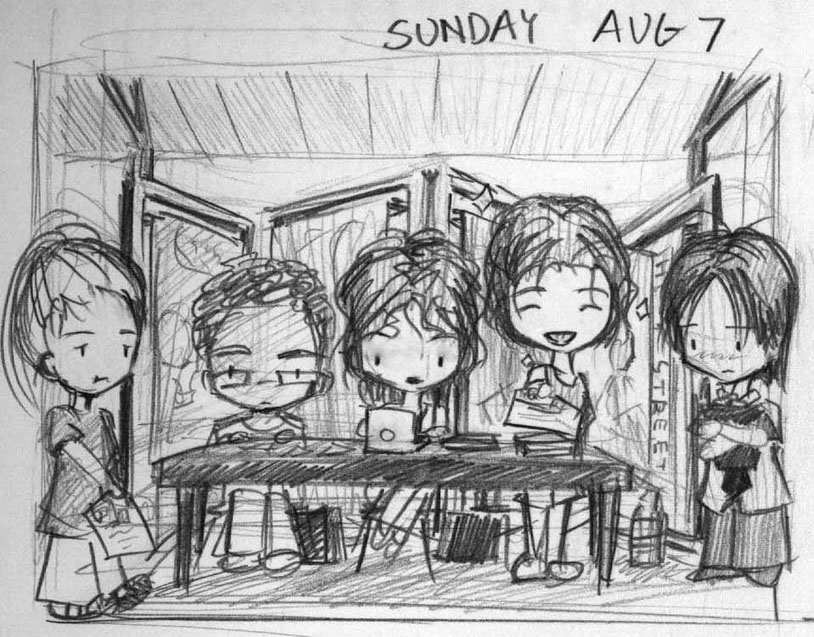
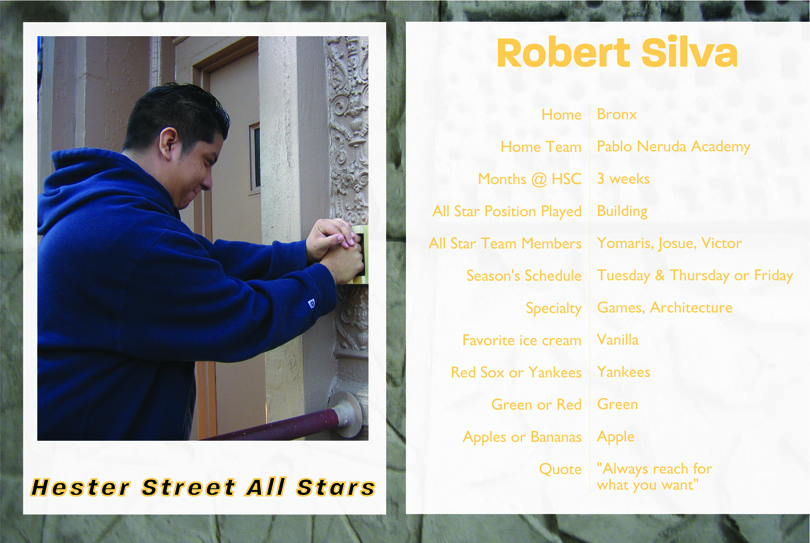
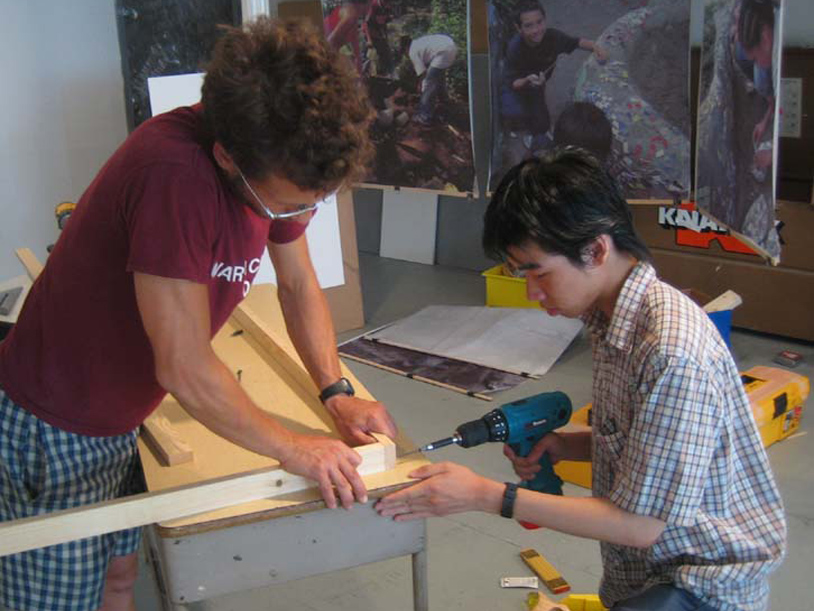
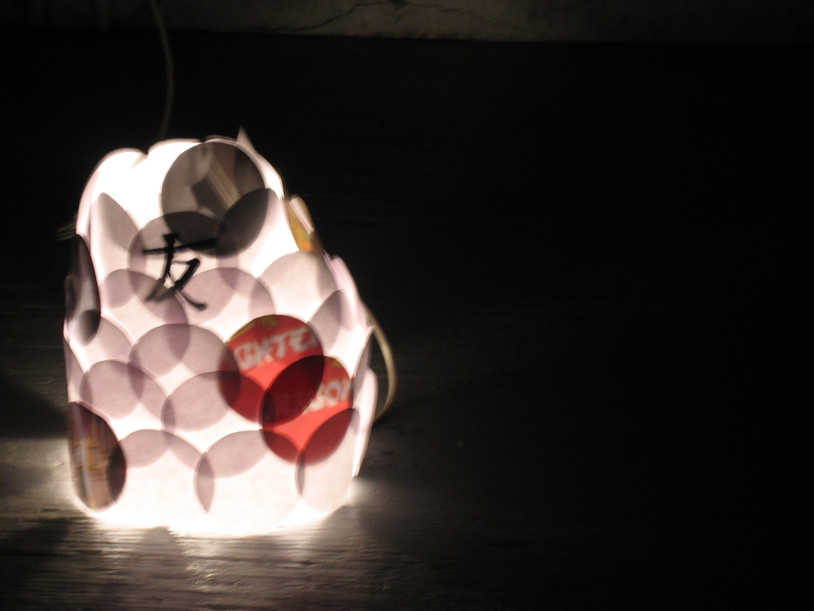
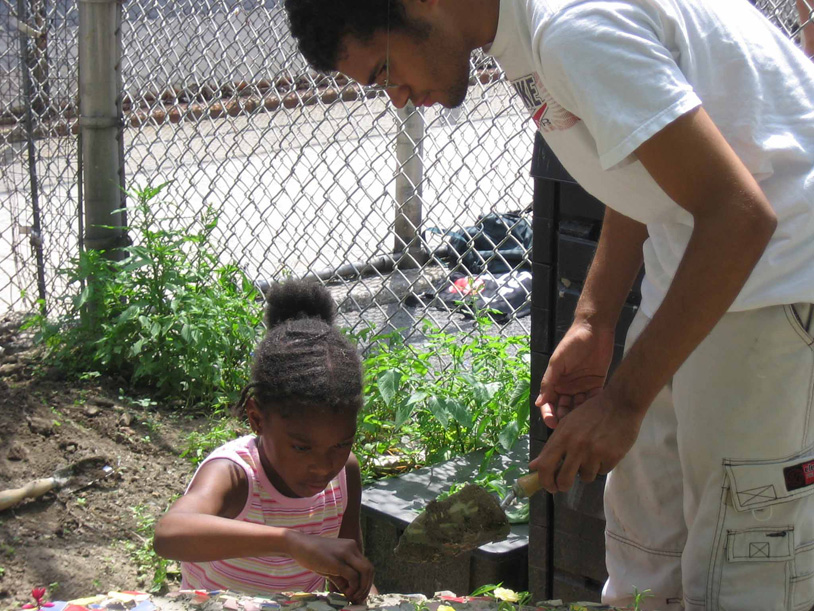
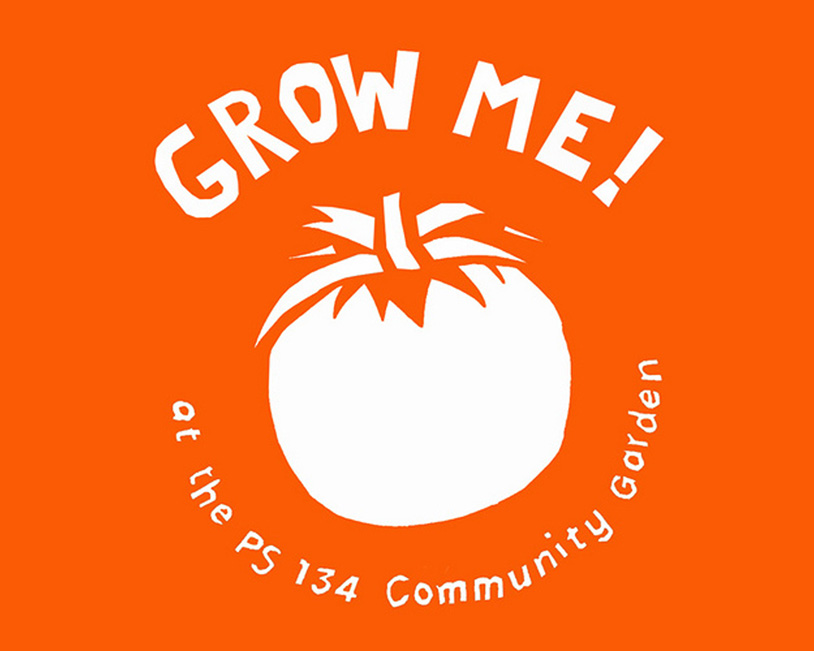
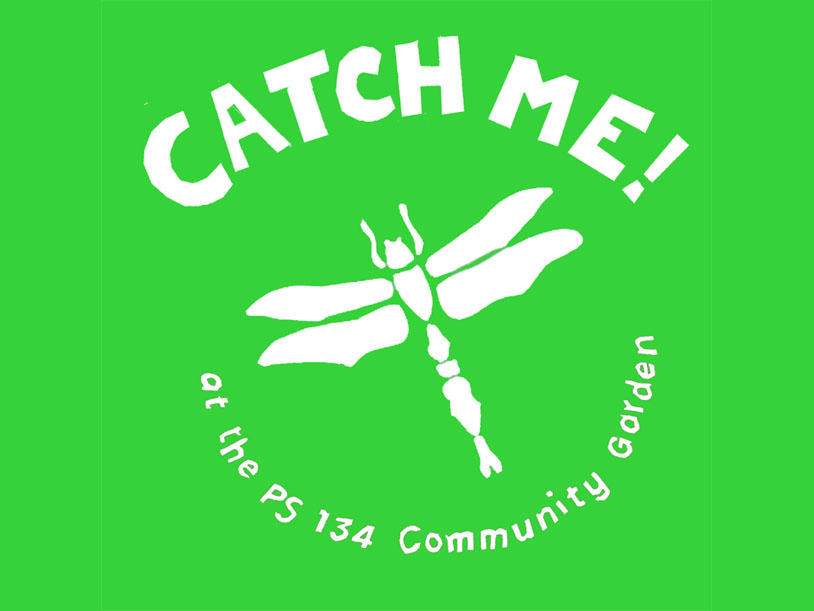
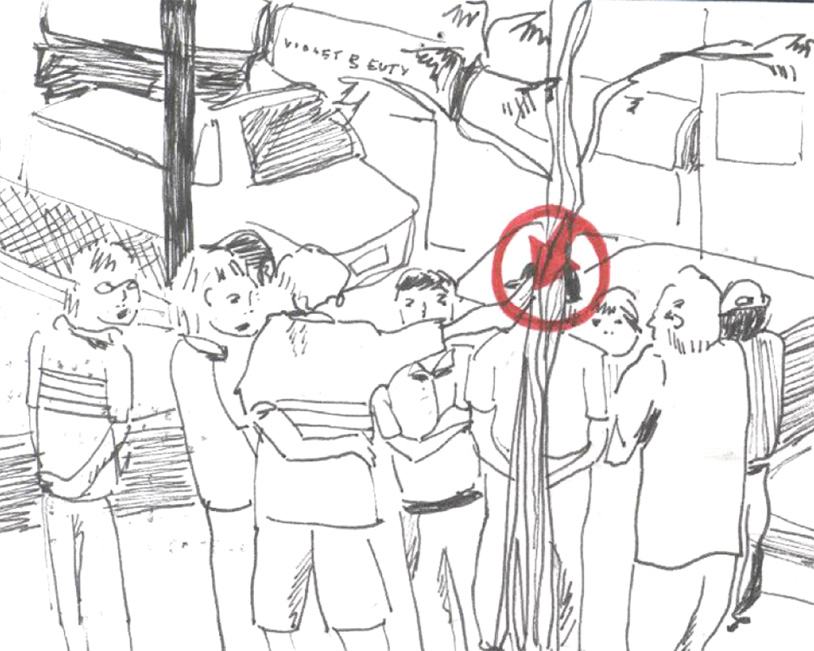
June 12th, 2011 → 8:49 pm
[…] You’re not asking the kids to be designers—in a public planning process; they might be doing an oral history of the neighborhood that there’s not money to do otherwise, you know, uncovering stories of people & places that no one else could do. […]